An Evidence-Based Assessment of Biophilic Interior Design in a Traditional Context: The Case of the Kingdom of Saudi Arabia
Abstract
1. Introduction
2. Literature Review
2.1. Biophilia and Biophilic Design
2.2. Biophilic Design Frameworks
3. Study Methodology
3.1. The Kingdom of Saudi Arabia as the Research Context
3.2. Materials
3.3. Method
4. Findings
Limitations of the Study
5. Discussion
6. Conclusions
Author Contributions
Funding
Informed Consent Statement
Data Availability Statement
Conflicts of Interest
Appendix A
| Central Region | Building (1) | Building (2) | Building (3) | Total Scores | |
|---|---|---|---|---|---|
| Actual Natural Features | |||||
| 1 | Air | 1 | 1 | 1 | 3 |
| 2 | Water | 1 | 1 | 1 | 3 |
| 3 | Plants | 1 | 1 | 1 | 3 |
| 4 | Animals | 1 | 1 | 1 | 3 |
| 5 | Natural materials | 1 | 1 | 1 | 3 |
| 6 | Views and vistas | 1 | 1 | 1 | 3 |
| 7 | Habitats | 1 | 1 | 1 | 3 |
| 8 | Fire | 1 | 1 | 1 | 3 |
| Sub score | 8 | 8 | 8 | 24 | |
| Natural Shapes + Forms | |||||
| 9 | Botanical motifs | 1 | 0 | 0 | 1 |
| 10 | Animal likenesses | 0 | 0 | 0 | 0 |
| 11 | Shells and spirals | 0 | 0 | 0 | 0 |
| 12 | Curves and arches | 1 | 0 | 1 | 2 |
| 13 | Fluid forms | 0 | 0 | 0 | 0 |
| 14 | Abstractions of nature | 1 | 1 | 1 | 3 |
| 15 | Shapes that are inside-out | 1 | 1 | 1 | 3 |
| Sub score | 4 | 2 | 3 | 9 | |
| Natural Patterns + Processes | |||||
| 16 | Sensory richness | 1 | 1 | 1 | 3 |
| 17 | Age, change, and patina | 1 | 1 | 1 | 3 |
| 18 | Area of emphasis | 1 | 1 | 1 | 3 |
| 19 | Patterned wholes | 1 | 1 | 1 | 3 |
| 20 | Bounded spaces | 1 | 1 | 1 | 3 |
| 21 | Linked series and chains | 1 | 1 | 1 | 3 |
| 22 | Integrations of parts with wholes | 1 | 1 | 1 | 3 |
| 23 | Complementary contrasts | 1 | 1 | 1 | 3 |
| 24 | Dynamic balance and tension | 1 | 1 | 1 | 3 |
| 25 | Natural ratios and scales | 1 | 1 | 1 | 3 |
| Sub score | 10 | 10 | 10 | 30 | |
| Color and Light | |||||
| 26 | Composition | 1 | 1 | 1 | 3 |
| 27 | Communication | 1 | 1 | 1 | 3 |
| 28 | Preference | 1 | 1 | 1 | 3 |
| 29 | Engagement | 1 | 1 | 1 | 3 |
| 30 | Pragmatics | 1 | 1 | 1 | 3 |
| 31 | Natural light | 1 | 1 | 1 | 3 |
| 32 | Filtered light | 1 | 1 | 1 | 3 |
| 33 | Reflected light | 1 | 1 | 1 | 3 |
| 34 | Light pools | 1 | 1 | 1 | 3 |
| 35 | Warm light | 1 | 1 | 1 | 3 |
| 36 | Light as shape and form | 1 | 1 | 1 | 3 |
| 37 | Spaciousness | 1 | 1 | 1 | 3 |
| 38 | Spatial variability | 1 | 1 | 1 | 3 |
| 39 | Space as shape and form | 1 | 1 | 1 | 3 |
| 40 | Spatial harmony | 1 | 1 | 1 | 3 |
| Sub score | 15 | 15 | 15 | 45 | |
| Place-based relationships | |||||
| 41 | Geographic connection to place | 1 | 1 | 1 | 3 |
| 42 | Historic connection to place | 1 | 1 | 1 | 3 |
| 43 | Ecological connection to place | 1 | 1 | 1 | 3 |
| 44 | Cultural connection to place | 1 | 1 | 1 | 3 |
| 45 | Integration of culture and ecology | 1 | 1 | 1 | 3 |
| 46 | Spirit of place | 1 | 1 | 1 | 3 |
| Sub score | 6 | 6 | 6 | 18 | |
| Human–nature relationships | |||||
| 47 | Prospect/refuge | 1 | 1 | 1 | 3 |
| 48 | Order and complexity | 1 | 1 | 1 | 3 |
| 49 | Curiosity and enticement | 1 | 1 | 1 | 3 |
| 50 | Mastery and control | 1 | 1 | 1 | 3 |
| 51 | Attraction/attachment | 1 | 1 | 1 | 3 |
| 52 | Exploration/discovery | 1 | 1 | 1 | 3 |
| 53 | Fear/awe | 1 | 1 | 1 | 3 |
| 54 | Reverence/spirituality | 1 | 1 | 1 | 3 |
| Sub score | 8 | 8 | 8 | 24 | |
| Total score | 51 | 49 | 50 | 150 | |
| Average | 50 | ||||
References
- Gurung, M.M. Expanding Biophilic City Design Theory: A Study of Incorporating Nature into the Urban Design Elements of Kathmandu. Master’s Thesis, Pennsylvania State University, University Park, PA, USA, 2014. [Google Scholar]
- Ryan, C.O.; Browning, W.D.; Clancy, J.O.; Andrews, S.L.; Kallianpurkar, N.B. Biophilic design patterns: Emerging nature-based parameters for health and well-being in the built environment. ArchNet-IJAR: Int. J. Archit. Res. 2014, 8, 62. [Google Scholar] [CrossRef]
- Ramzy, N.S. Biophilic qualities of historical architecture: In quest of the timeless terminologies of ‘life’in architectural expression. Sustain. Cities Soc. 2015, 15, 42–56. [Google Scholar] [CrossRef]
- Hakala, K. Biophilia & Urbanization. Sustaining and Fostering Human–Nature Connections for Healthier Urban Density and Sustainability. Master’s Thesis, Aalto University, Espoo, Finland, 2021. [Google Scholar]
- Harper, C.; Snowden, M. Environment and Society: Human Perspectives on Environmental Issues; Routledge: London, UK, 2017. [Google Scholar]
- Ergan, S.; Shi, Z.; Yu, X. Towards quantifying human experience in the built environment: A crowdsourcing based experiment to identify influential architectural design features. J. Build. Eng. 2018, 20, 51–59. [Google Scholar] [CrossRef]
- Stoltz, J.; Schaffer, C. Salutogenic affordances and sustainability: Multiple benefits with edible forest gardens in urban green spaces. Front. Psychol. 2018, 9, 2344. [Google Scholar] [CrossRef] [PubMed]
- Söderlund, J.; Newman, P. Improving mental health in prisons through biophilic design. Prison. J. 2017, 97, 750–772. [Google Scholar] [CrossRef]
- Stavrianos, A. Green inclusion: Biophilia as a necessity. Br. J. Spec. Educ. 2016, 43, 416–429. [Google Scholar] [CrossRef]
- Chen, H.M.; Tu, H.M.; Ho, C.I. Understanding biophilia leisure as facilitating well-being and the environment: An examination of participants’ attitudes toward horticultural activity. Leis. Sci. 2013, 35, 301–319. [Google Scholar] [CrossRef]
- Sanchez, J.A.; Ikaga, T.; Sanchez, S.V. Quantitative improvement in workplace performance through biophilic design: A pilot experiment case study. Energy Build. 2018, 177, 316–328. [Google Scholar] [CrossRef]
- Pati, D.; Freier, P.; O’Boyle, M.; Amor, C.; Valipoor, S. The impact of simulated nature on patient outcomes: A study of photographic sky compositions. HERD: Health Environ. Res. Des. J. 2016, 9, 36–51. [Google Scholar] [CrossRef]
- Mangone, G.; Capaldi, C.A.; Van Allen, Z.M.; Luscuere, P.G. Bringing nature to work: Preferences and perceptions of constructed indoor and natural outdoor workspaces. Urban For. Urban Green. 2017, 23, 1–12. [Google Scholar] [CrossRef]
- Yin, J.; Zhu, S.; MacNaughton, P.; Allen, J.G.; Spengler, J.D. Physiological and cognitive performance of exposure to biophilic indoor environment. Build. Environ. 2018, 132, 255–262. [Google Scholar] [CrossRef]
- Africa, J.; Heerwagen, J.; Loftness, V.; Ryan Balagtas, C. Biophilic design and climate change: Performance parameters for health. Front. Built Environ. 2019, 5, 28. [Google Scholar] [CrossRef]
- Fink, H.S. Human-nature for climate action: Nature-based solutions for urban sustainability. Sustainability 2016, 8, 254. [Google Scholar] [CrossRef]
- Zhong, W.; Schröder, T.; Bekkering, J. Biophilic design in architecture and its contributions to health, well-being, and sustainability: A critical review. Front. Archit. Res. 2022, 11, 114–141. [Google Scholar] [CrossRef]
- Altomonte, S.; Allen, J.; Bluyssen, P.M.; Brager, G.; Heschong, L.; Loder, A.; Schiavon, S.; Veitch, J.A.; Wang, L.; Wargocki, P. Ten questions concerning well-being in the built environment. Build. Environ. 2020, 180, 106949. [Google Scholar] [CrossRef]
- Hung, S.-H.; Chang, C.-Y. How do humans value urban nature? Developing the perceived biophilic design scale (PBDs) for preference and emotion. Urban For. Urban Green. 2022, 76, 127730. [Google Scholar] [CrossRef]
- Barbiero, G.; Berto, R. Biophilia as evolutionary adaptation: An onto-and phylogenetic framework for biophilic design. Front. Psychol. 2021, 12, 700709. [Google Scholar] [CrossRef]
- Wijesooriya, N.; Brambilla, A. Bridging biophilic design and environmentally sustainable design: A critical review. J. Clean. Prod. 2021, 283, 124591. [Google Scholar] [CrossRef]
- United Nations. Transforming Our World: The 2030 Agenda for Sustainable Development; United Nations: New York, NY, USA, 2015. [Google Scholar]
- Hähn, N.; Essah, E.; Blanusa, T. Biophilic design and office planting: A case study of effects on perceived health, well-being and performance metrics in the workplace. Intell. Build. Int. 2021, 13, 241–260. [Google Scholar] [CrossRef]
- Yahya, N.; Hassanpour, B. A methodical framework for sustainable architectural design: Housing practice in the Middle East. Land 2022, 11, 1019. [Google Scholar] [CrossRef]
- Mazzetto, S.; Vanini, F. Urban heritage in Saudi Arabia: Comparison and assessment of sustainable Reuses. Sustainability 2023, 15, 9819. [Google Scholar] [CrossRef]
- McGee, B.; Park, N.K.; Portillo, M.; Bosch, S.; Swisher, M. DIY Biophilia: Development of the Biophilic Interior Design Matrix as a design tool. J. Inter. Des. 2019, 44, 201–221. [Google Scholar] [CrossRef]
- Wilson, E.O. Biophilia: The Human Bond with Other Species [1984]; Harvard University Press: Cambridge, MA, USA, 2003. [Google Scholar]
- Ryan, C.O.; Browning, W.D. Biophilic design. In Sustainable Built Environments; Springer: New York, NY, USA, 2020; pp. 43–85. [Google Scholar] [CrossRef]
- Baxter, D.E.; Pelletier, L.G. Is nature relatedness a basic human psychological need? A critical examination of the extant literature. Can. Psychol./Psychol. Can. 2019, 60, 21. [Google Scholar] [CrossRef]
- Hartig, T.; Bringslimark, T.; Patil, G.G. Restorative environmental design: What, when, where, and for whom. In Bringing Buildings to Life: The Theory and Practice of Biophilic Building Design; Wiley: New York, NY, USA, 2008; pp. 133–151. [Google Scholar]
- Rosenbaum, M.S.; Ramirez, G.C.; Camino, J.R. A dose of nature and shopping: The restorative potential of biophilic lifestyle center designs. J. Retail. Consum. Serv. 2018, 40, 66–73. [Google Scholar] [CrossRef]
- Hurly, J.; Walker, G.J. Nature in our lives: Examining the human need for nature relatedness as a basic psychological need. J. Leis. Res. 2019, 50, 290–310. [Google Scholar] [CrossRef]
- Downton, P.; Jones, D.; Zeunert, J.; Roös, P. Biophilic design applications: Putting theory and patterns into built environment practice. KnE Engineering 2017, 59–65. [Google Scholar] [CrossRef]
- Mohammed, I.; Onur, Z.; Çağnan, Ç. An Exploration of Biophilic Design Features within Preschool Interiors. Sustainability 2023, 15, 11913. [Google Scholar] [CrossRef]
- Mohammed, A.B. A Progressive Checklist to Create Design Solutions in Buildings through Biophilia Design Post-Coronavirus. Eng. J. 2023, 2, 771–798. [Google Scholar] [CrossRef]
- Kellert, S.R. Building for Life: Designing and Understanding the Human-Nature Connection; Island Press: Washington, DC, USA, 2012. [Google Scholar]
- Kellert, S.R. Dimensions, elements, and attributes of biophilic design. In Biophilic Design: The Theory, Science and Practice of Bringing Buildings to Life; Wiley: New York, NY, USA, 2008; Volume 2008, pp. 3–19. [Google Scholar]
- Browning, W.D.; Ryan, C.O.; Clancy, J.O. 14 Patterns of Biophilic Design; Terrapin Bright Green, LLC: New York, NY, USA, 2014. [Google Scholar]
- Kellert, S.R.; Calabrese, E. The Practice of Biophilic Design; Terrapin Bright, LLC: London, UK, 2015. [Google Scholar]
- Wijesooriya, N.; Brambilla, A.; Markauskaite, L. Biophilic design frameworks: A review of structure, development techniques and their compatibility with LEED sustainable design criteria. Clean. Prod. Lett. 2023, 4, 100033. [Google Scholar] [CrossRef]
- Kellert, S.R. Nature by Design: The Practice of Biophilic Design; Yale University Press: New Haven, CT, USA, 2018. [Google Scholar]
- Browning, W.D.; Ryan, C.O. Nature Inside: A Biophilic Design Guide; Routledge: London, UK, 2020. [Google Scholar]
- Fadda, R.; Congiu, S.; Roeyers, H.; Skoler, T. Elements of biophilic design increase visual attention in preschoolers. Buildings 2023, 13, 1160. [Google Scholar] [CrossRef]
- Ulrich, R.S. Biophilic theory and research for healthcare design. In Biophilic Design: The Theory, Science, and Practice of Bringing Buildings to Life; John Wiley: Hoboken, NJ, USA, 2008; Volume 1, pp. 87–106. [Google Scholar]
- Totaforti, S. Applying the benefits of biophilic theory to hospital design. City Territ. Archit. 2018, 5, 1–9. [Google Scholar] [CrossRef]
- Tekin, B.H.; Corcoran, R.; Gutiérrez, R.U. A systematic review and conceptual framework of biophilic design parameters in clinical environments. HERD Health Environ. Res. Des. J. 2023, 16, 233–250. [Google Scholar] [CrossRef] [PubMed]
- McGee, B.; Marshall-Baker, A. Loving nature from the inside out: A biophilia matrix identification strategy for designers. HERD Health Environ. Res. Des. J. 2015, 8, 115–130. [Google Scholar] [CrossRef] [PubMed]
- Central Intelligence Agency. The World Factbook. Middle East: Saudi Arabia 2019–2020; Simon and Schuster: New York, NY, USA, 2019. Available online: https://www.cia.gov/the-world-factbook/countries/saudi-arabia/ (accessed on 1 September 2024).
- Gazzeh, K.; Abubakar, I.R. Regional disparity in access to basic public services in Saudi Arabia: A sustainability challenge. Util. Policy 2018, 52, 70–80. [Google Scholar] [CrossRef]
- GAS (General Authority for Statistics). The General Population and Housing census1431 H. 2010. Available online: https://www.stats.gov.sa/en/13 (accessed on 8 August 2023).
- Abubakar, I.R.; Dano, U.L. Sustainable urban planning strategies for mitigating climate change in Saudi Arabia. Environ. Dev. Sustain. 2020, 22, 5129–5152. [Google Scholar] [CrossRef]
- Al-Sheikh, A. Architectural Heritage of the Kingdom of Saudi Arabia; Ministry of Municipal and Rural Affairs: Riyadh, Saudi Arabia, 2010. [Google Scholar]
- King Fahad National Library: Riyadh, S.A. Saudi Commission for Tourism and National Heritage, Urban Heritage, Urban Identity and National History; The Indexing of King Fahad National Library: Riyadh, Saudi Arabia, 2015. [Google Scholar]
- Al-Anbar, A.S.; A study of the interiors and their decoration in the traditional mud-brick architecture of the Najd region of Saudi Arabia and the factors that have influenced the development of interior decoration and spatial organization. Annexe Thesis Digitisation Project 2017 Block 15. 1999. Available online: https://era.ed.ac.uk/handle/1842/26635 (accessed on 1 September 2024).
- Circle for Publishing and Documentation-CPD (Ed.) ‘Architecture’. In Traditional Culture of Saudi Arabia; The Circle for Publishing & Documentation: Riyadh, Saudi Arabia, 2000. [Google Scholar]
- Al Bassam Heritage House. Heritage Commission. Available online: https://heritage.moc.gov.sa/en/locations/al-bassam-heritage-house (accessed on 16 April 2024).
- Qpedia, Photos: A tour of Al-Salihi Heritage Museum in Qassim. Available online: https://www.qpedia.org/topics/9711.html?language=english (accessed on 16 April 2024).
- Birds of Saudi Arabia. Heritage Villge—Ushaiqer. Available online: https://www.birdsofsaudiarabia.com/2021/05/heritage-village-ushaiqer.html (accessed on 23 April 2024).
- Traveling Min, Ushaiger Heritage Villge. Available online: https://travelingmin.wordpress.com/2017/11/05/ushaiger-heritage-village/ (accessed on 21 April 2024).
- King, G. Traditional Architecture in Najd, Saudi Arabia. In Proceedings of the Tenth Seminar for Arabian Studies, Oxford, UK, 12–14 July 1976; Archaeopress: Oxford, UK, 1977; Volume 7, pp. 90–100. Available online: http://www.jstor.org/stable/41223304 (accessed on 23 May 2024).
- Babsail, M.; Al-Qawasmi, J. Vernacular architecture in Saudi Arabia: Revival of displaced traditions. In Vernacular architecture: Towards a Sustainable Future: Proceedings of the International Conference on Vernacular Heritage; Sustainability and Earthen Architecture: Valencia, Spain, 2014. [Google Scholar]
- Bahmam, A. Architecture and urban characteristics of traditional dwellings in Saudi. In First Scientific Conference Clay Architecture on the Gate of the Twenty-First Century; Hadhramout University for Science and Technology: Seiyun, Yemen, 2000. [Google Scholar]
- Hisham Abulnaja, A.; Mohamad Bettaieb, D.; Mortada, H. The tangible and intangible cultural heritage of the traditional houses in the historical area of Jeddah and its relationship to cultural sustainability. Int. J. Multidiscip. Stud. Herit. Res. 2021, 4, 1–38. [Google Scholar] [CrossRef]
- Abdelkader, R.; Park, J.H. Sustainable building façades: Modern usages of the traditional Mashrabiya. Open House Int. 2018, 43, 69–76. [Google Scholar] [CrossRef]
- Attia, M. Sustainability Features of Jeddah Traditional Housing. IntechOpen 2022. [Google Scholar] [CrossRef]
- Attiah, D.; Alawad, A.A. Saudi Arabia’s colourful culture: Exploring colour in Saudi heritage homes’ Al-Majlis rooms. Humanit. Manag. Sci. Sci. J. King Faisal Univ. 2021, 23, 59–66. [Google Scholar] [CrossRef]
- Mauricio Ruiz, Travel Tomorrow. Discovering Jeddah’s Rawashin, a Heritage that Defies History. Available online: https://traveltomorrow.com/discovering-jeddahs-rawashin-a-heritage-that-defies-history/ (accessed on 21 April 2024).
- 68. Bayt Nasif, 1872, Old Jeddah, Saudi Arabia (3). Wikimedia Commons. Available online: https://commons.wikimedia.org/wiki/File:Bayt_Nasif,_1872,_old_Jeddah,_Saudi_Arabia_(3)_(50703485606).jpg (accessed on 23 April 2024).
- Mohamed, M.; Mohamed, M. Investigating the environmental performance of the wind catcher in Jeddah. Proc. Islam. Herit. Archit. Art II 2018, 177, 15–26. [Google Scholar] [CrossRef]
- Shabbir Siraj, Flickr. Nassief House (Bayt Nassief). Available online: https://www.flickr.com/photos/shabbir/3463377227/in/photolist-6h3Hot (accessed on 23 April 2024).
- Fokharia. House of Allegiance. Available online: https://fokharia.sa/en/landmarks_places/house-of-allegiance/ (accessed on 23 April 2024).
- Alobailan, L.; Alawad, A. Architectural Values Behind The Formation of Heritage Houses As A Tool For Promoting Cultural Identity In Saudi Arabia. Built Environ. 2022, 211, 29–50. [Google Scholar]
- Peterson, P.; U.S.-GCC; National Council on US-Arab Relation. Al Hasa Traditional Souq Market Saudi Arabia inside Wide Angle View. Al Hasa, Saudi Arabia. Available online: https://ncusar.org/blog/2023/07/al-ahsa-oasis/ (accessed on 24 April 2024).
- Ain Almamlakah. Al-Aan Historical Palace. Available online: https://www.ainalmamlakah2030.com/?p=3496 (accessed on 24 April 2024).
- Visit Saudi. Al-Aan Palace in Najran. Available online: https://www.visitsaudi.com/ar/najran/attractions/aan-palace-in-najran (accessed on 24 April 2024).
- Arabic.cnn. Rijal Almaa Village in Saudi Arabia. An Architectural Masterpiece in the Middle of the Mountains, more than 350 Years Old. Available online: https://arabic.cnn.com/travel/article/2020/10/26/rijal-almaa-village-asir-region-saudi-arabia (accessed on 24 April 2024).
- Alnaim, M.M. Traditional Najdi settlement architectural elements: Harmonizing function, aesthetics, and shared socio-cultural meaning. J. Archit. Plan. 2021, 33, 261–276. [Google Scholar]
- Alawad, A.; Alsobahi, A. Authenticity and contemporariness in heritage: Assessing the quality of artwork inspired by Al-Qatt Al-Asiri. Int. J. Des. Educ. 2021, 16, 91. [Google Scholar] [CrossRef]
- Abouelela, A. A contemporary interior design inspired from Al qatt Al asiri heritage art in Saudi Arabia Residential Spaces. Int. J. Adv. Sci. Technol. (IJAST) 2019, 28, 1706–1720. [Google Scholar]

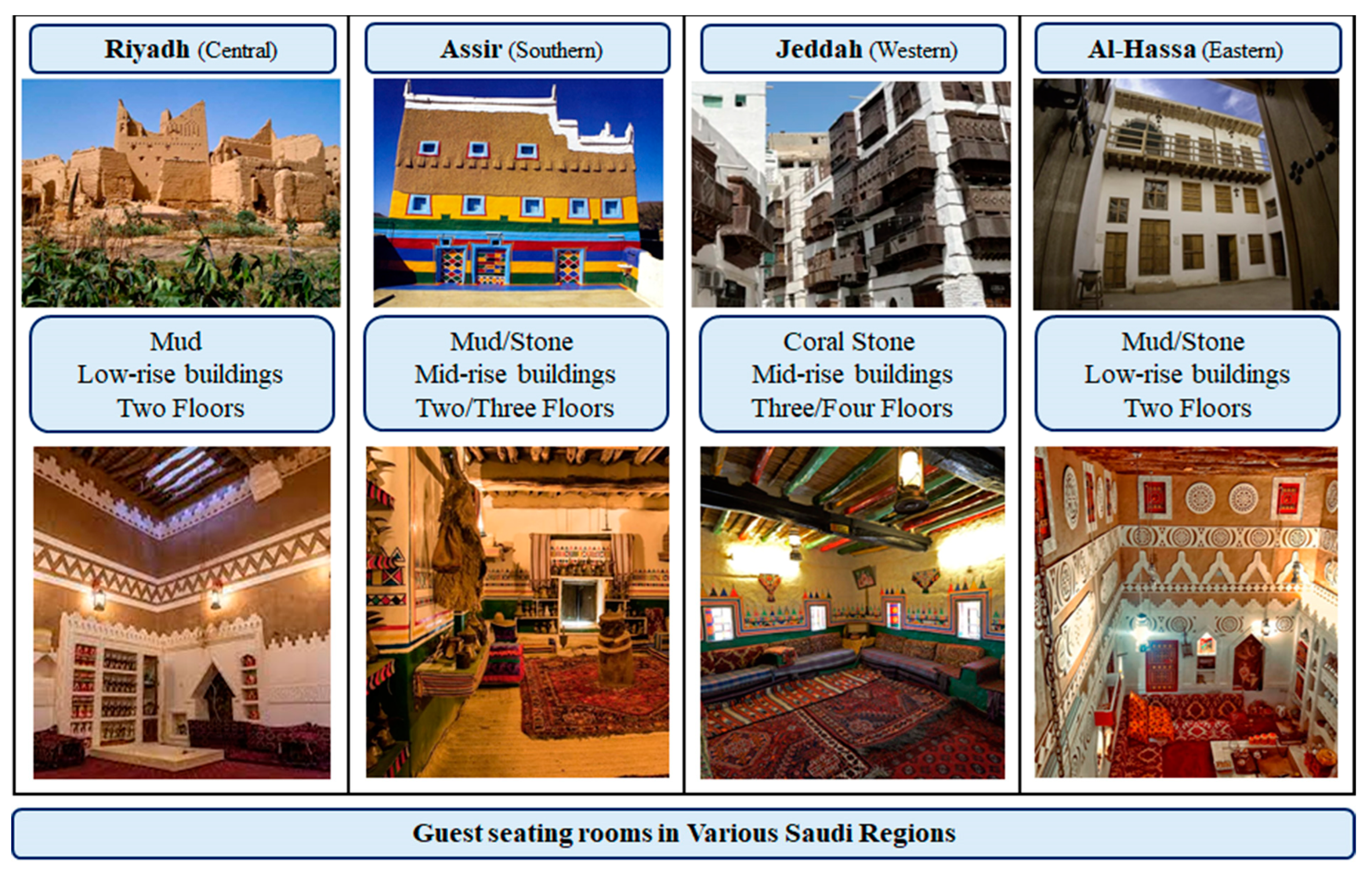

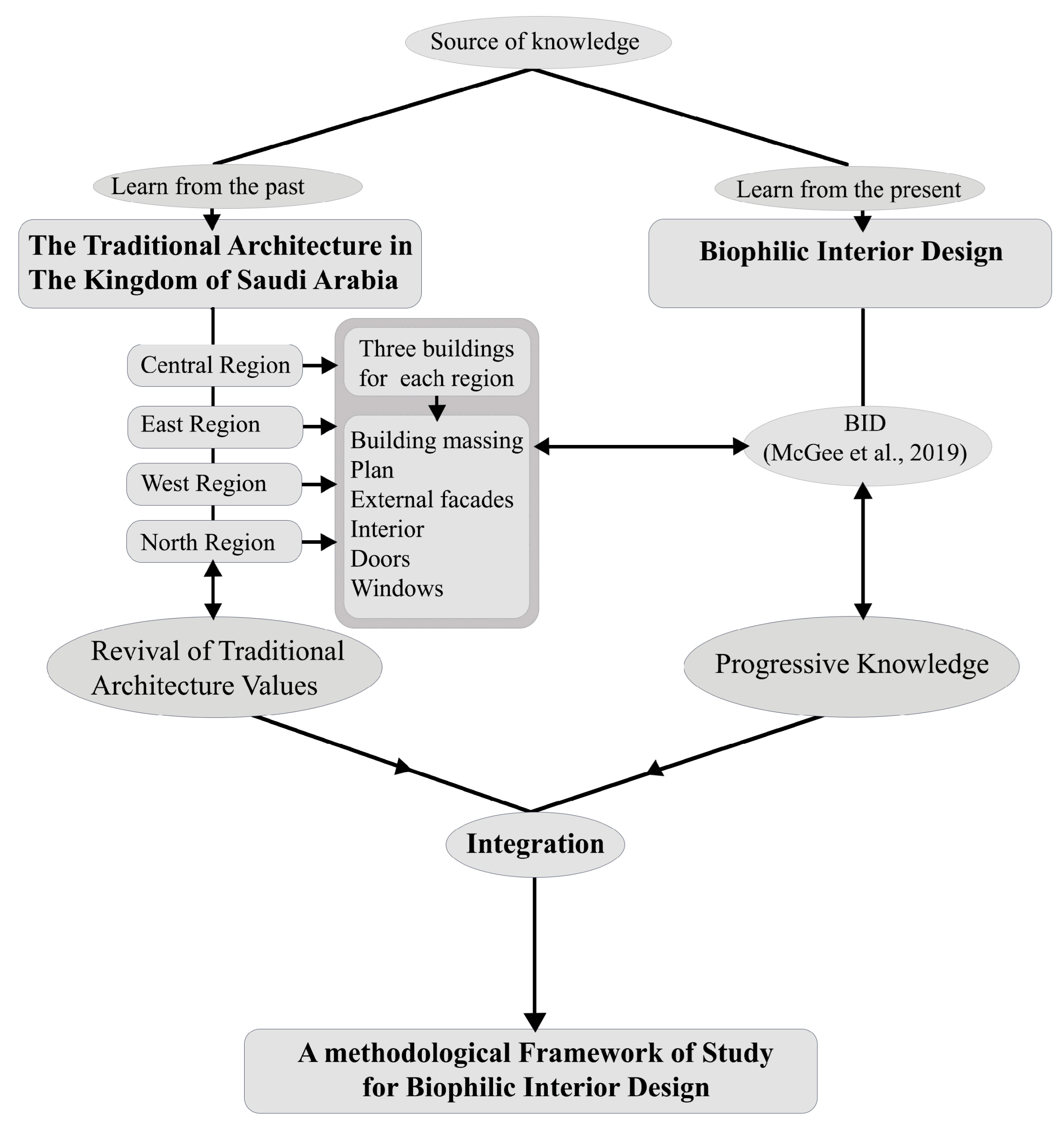
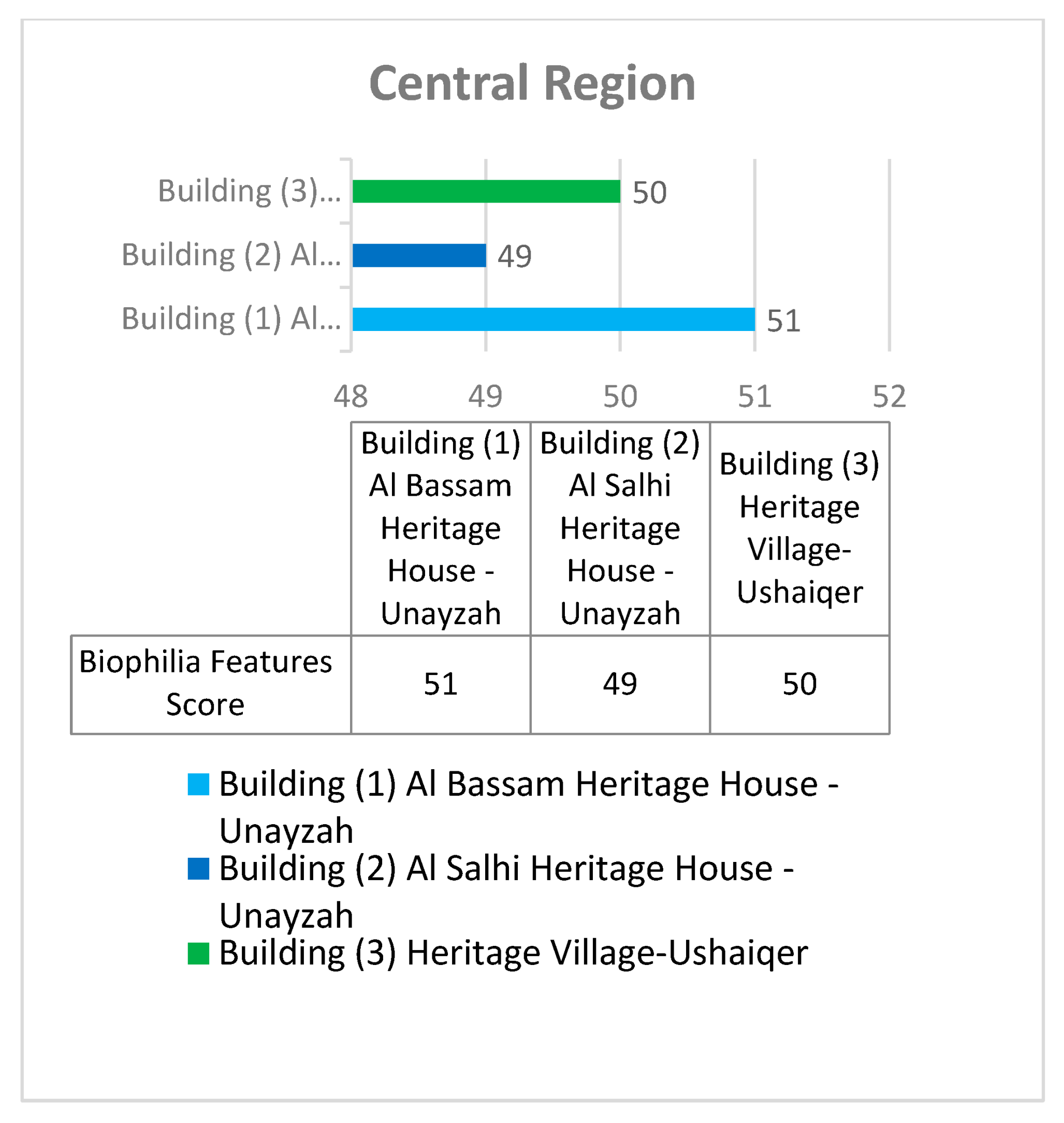
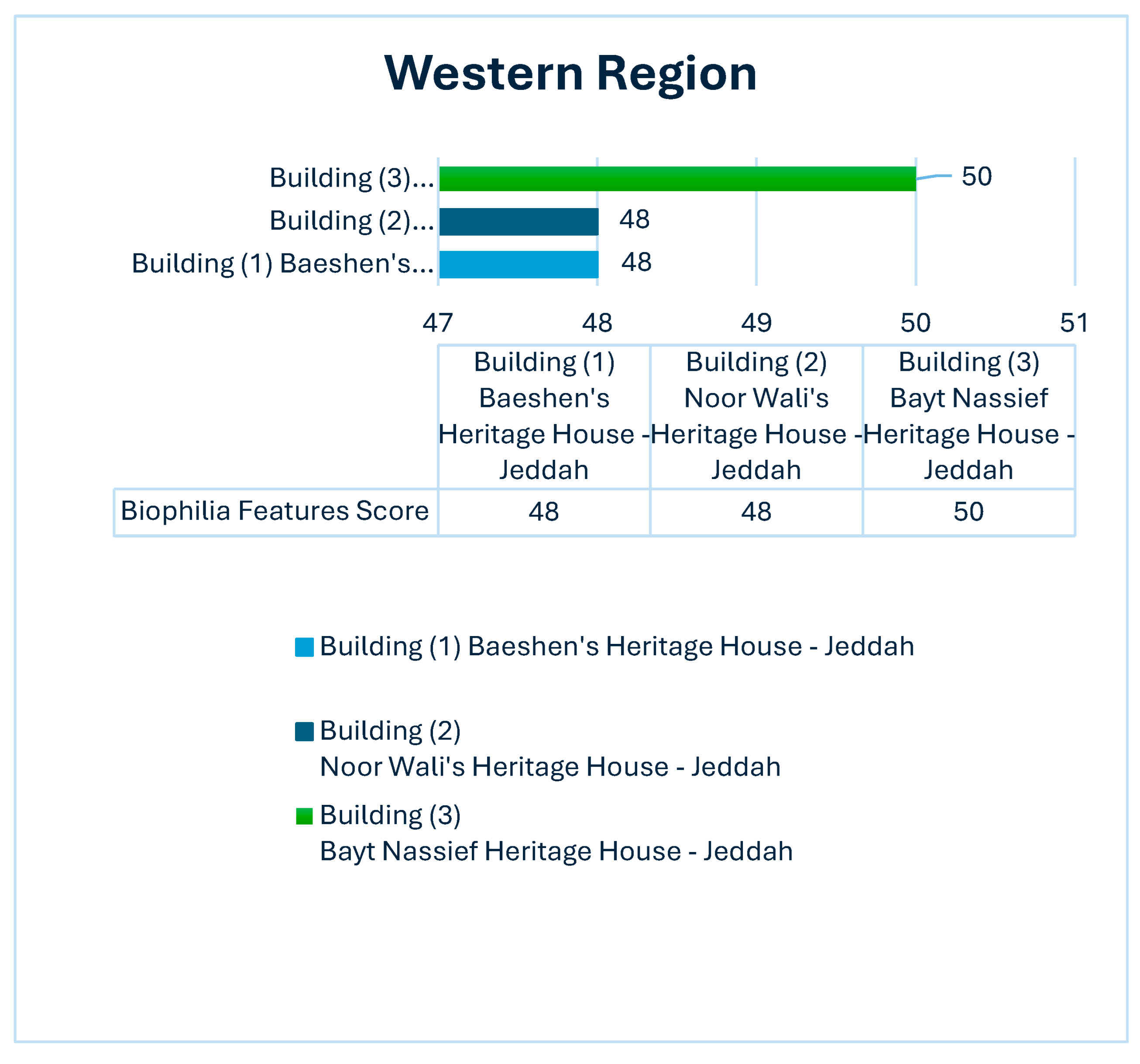


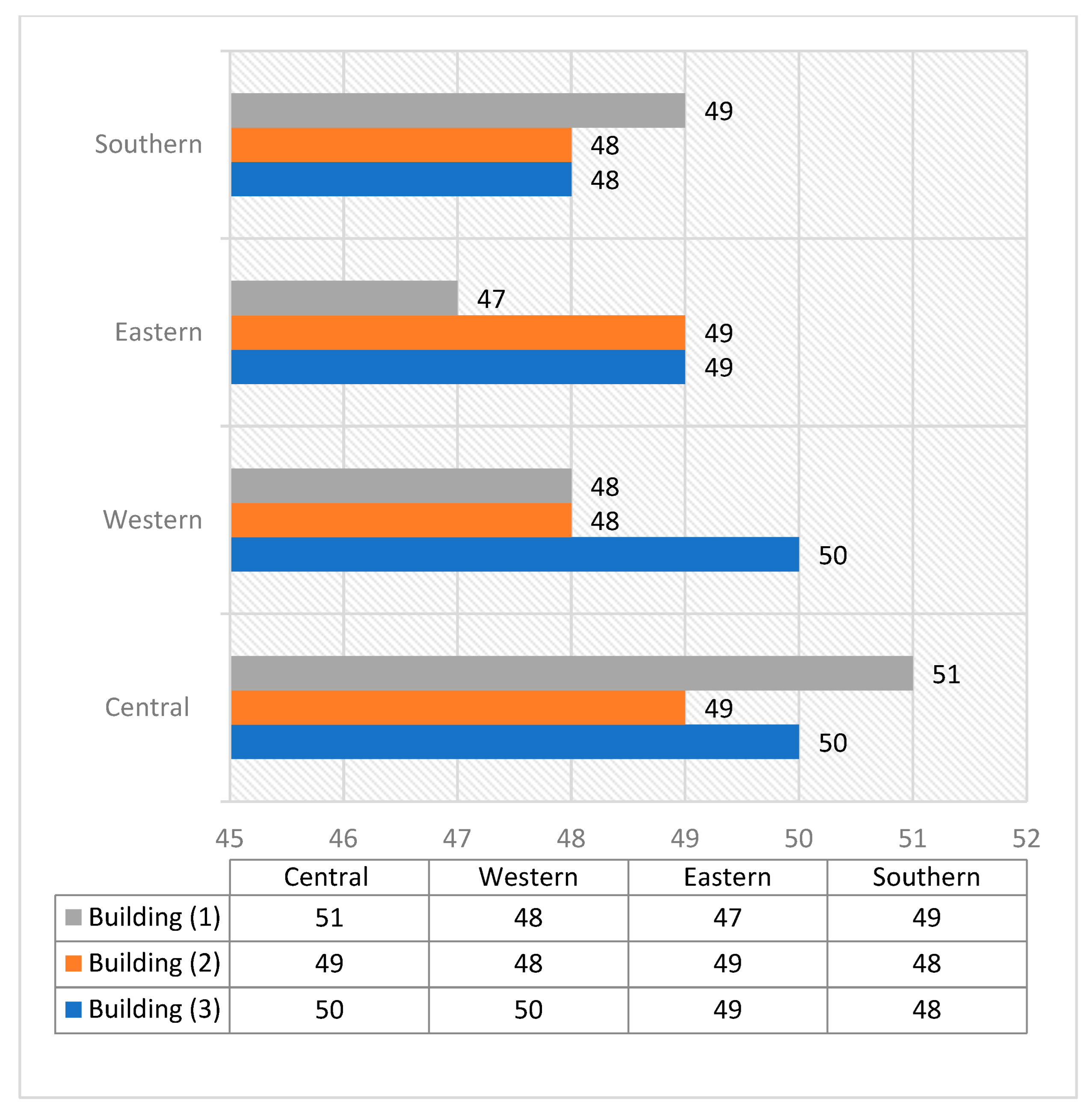
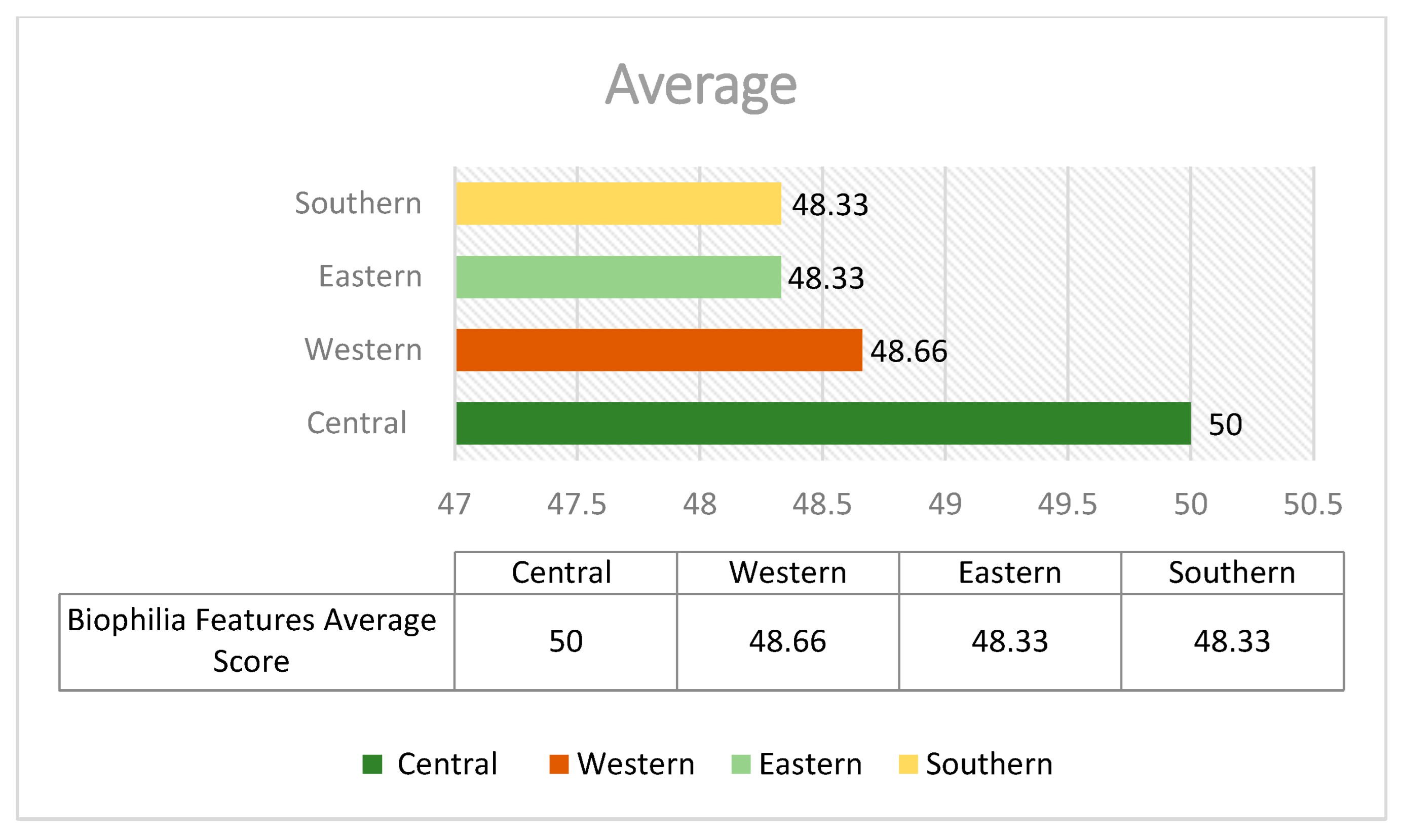
| Region | Selected Traditional Buildings |
|---|---|
| Central |
|
| Western |
|
| Eastern |
|
| Southern |
|
| Central Region | Building Massing | External Facades | Interior | Door | Window |
|---|---|---|---|---|---|
| Building (1) Al Bassam Heritage House—Unayzah |  | 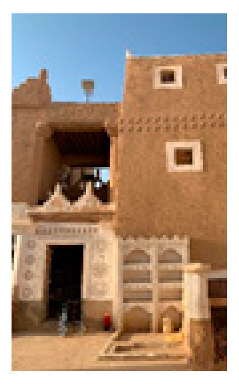 |  |  |  |
| Source: [56] | |||||
| Building (2) Al Salhi Heritage House—Unayzah | 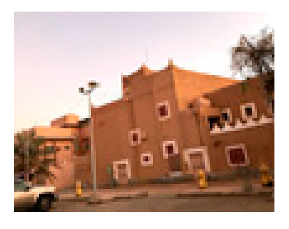 |  | 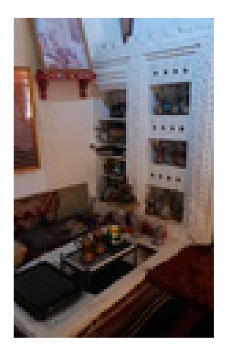 |  | 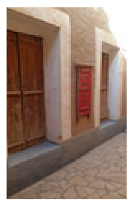 |
| Source: 1—[57] 2—Taken by the author | |||||
| Building (3) Heritage Village—Ushaiqer |  |  |  | 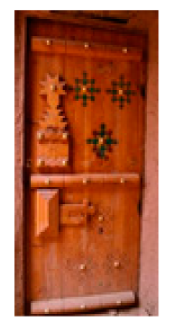 | 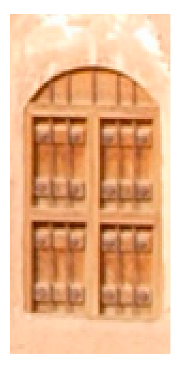 |
| Source: 1—[58] 2—[59] 3—[60] | |||||
| Western Region | Building Massing | External Facades | Interior | Door | Window |
|---|---|---|---|---|---|
| Building (1) Baeshen’s Heritage House—Jeddah | 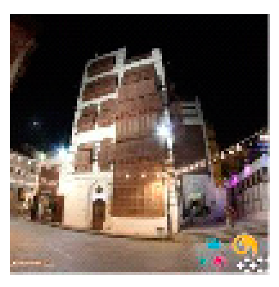 | 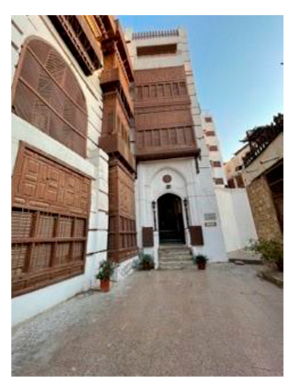 | 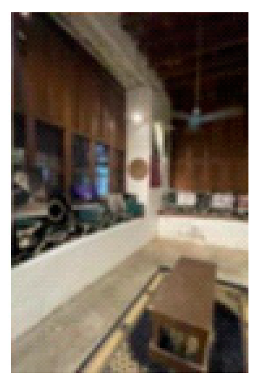 | 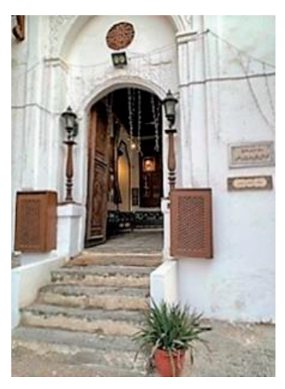 | 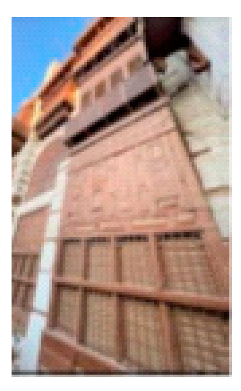 |
| Source: 1—[63] | |||||
| Building (2) Noor Wali’s Heritage House—Jeddah |  | 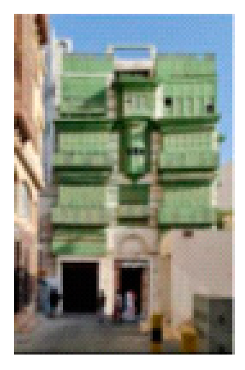 |  |  | 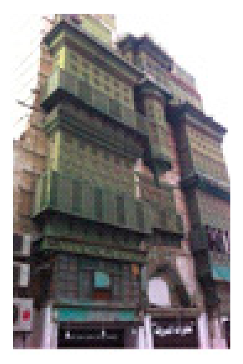 |
| Source: 1—[64] 2—[65] 3—[66] 4—[67] | |||||
| Building (3) Bayt Nassief Heritage House—Jeddah |  | 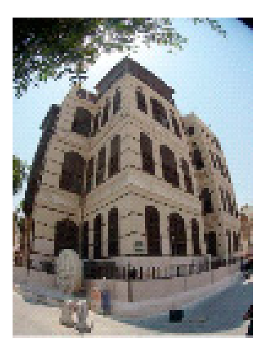 | 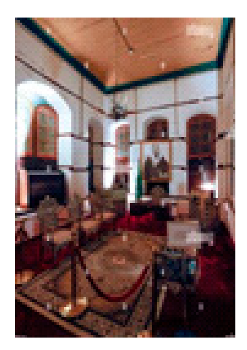 |  | 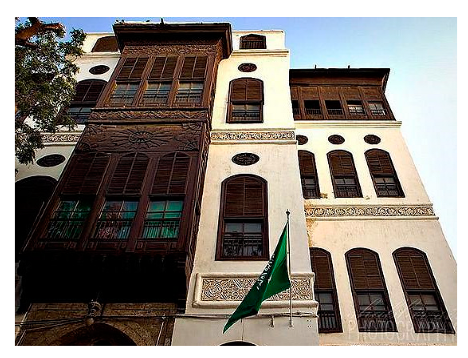 |
| Source: 1—[68] 2—[69] 3—[70] | |||||
| Eastern Region | Building Massing | External Facades | Interior | Door | Window |
|---|---|---|---|---|---|
| Building (1) Al Mulla Heritage House—Al-Ahsa (Hofuf) |  |  | 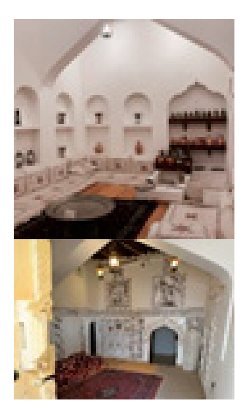 |  | 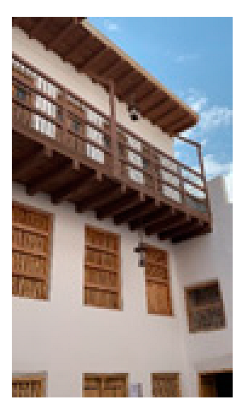 |
| Source: 1—[71] 2—[72] 3—Taken by the author | |||||
| Building (2) Almelhem Heritage House—Al-Ahsa |  | 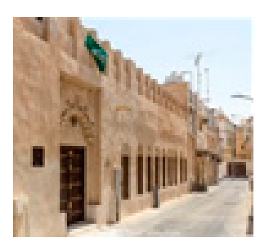 |  | 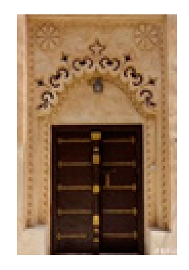 | 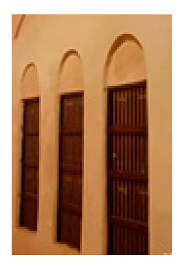 |
| Source: 1—Taken by the author | |||||
| Building (3) Traditional Souq Market—Al-Ahsa | 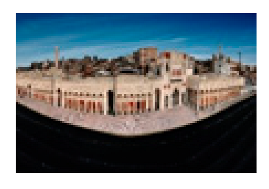 |  |  |  |  |
| Source: 1—[73] 2—Taken by the author | |||||
| Southern Region | Building Massing | External Facades | Interior | Door | Window |
|---|---|---|---|---|---|
| Building (1) Al Aan Palace-Najran | 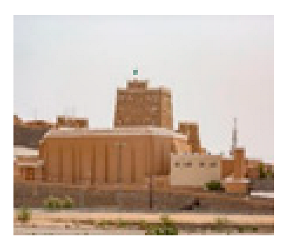 | 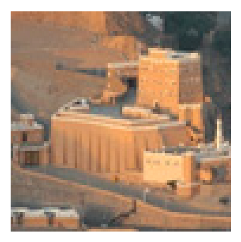 | 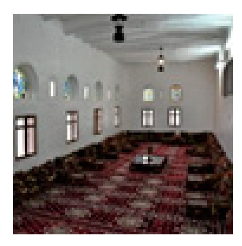 |  | 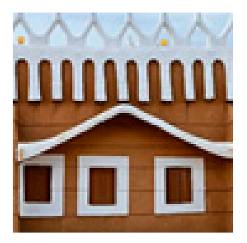 |
| Source: 1—[74] 2—[75] 3—Taken by the author | |||||
| Building (2) Al-Muftaha-Art-Village-Assir-Najran | 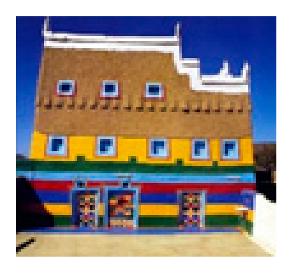 |  | 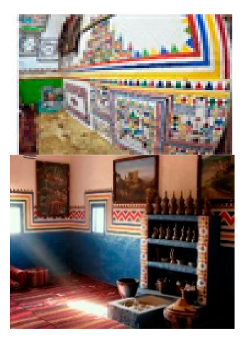 | 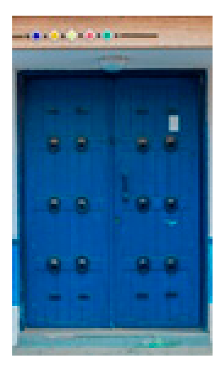 | 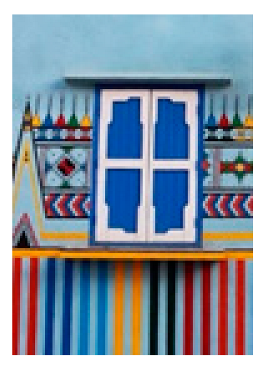 |
| Source: 1—Taken by the author | |||||
| Building (3) Almaa-Village–Assir-Najran | 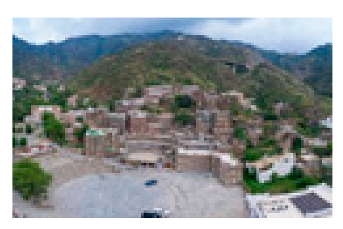 | 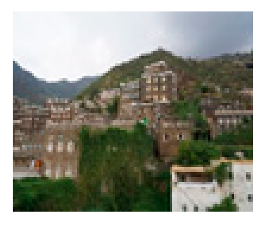 | 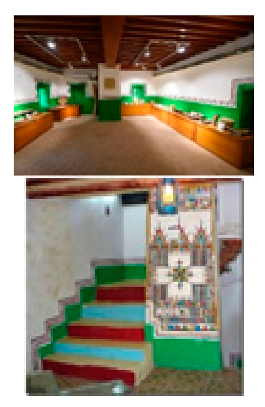 |  | 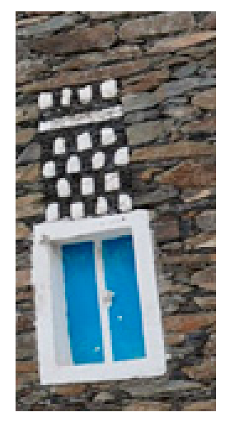 |
| Source: 1—[76] 2—Taken by the author | |||||
Disclaimer/Publisher’s Note: The statements, opinions and data contained in all publications are solely those of the individual author(s) and contributor(s) and not of MDPI and/or the editor(s). MDPI and/or the editor(s) disclaim responsibility for any injury to people or property resulting from any ideas, methods, instructions or products referred to in the content. |
© 2024 by the authors. Licensee MDPI, Basel, Switzerland. This article is an open access article distributed under the terms and conditions of the Creative Commons Attribution (CC BY) license (https://creativecommons.org/licenses/by/4.0/).
Share and Cite
Shbaita, A.S.; Denerel, S.B.; Asilsoy, B. An Evidence-Based Assessment of Biophilic Interior Design in a Traditional Context: The Case of the Kingdom of Saudi Arabia. Sustainability 2024, 16, 7979. https://doi.org/10.3390/su16187979
Shbaita AS, Denerel SB, Asilsoy B. An Evidence-Based Assessment of Biophilic Interior Design in a Traditional Context: The Case of the Kingdom of Saudi Arabia. Sustainability. 2024; 16(18):7979. https://doi.org/10.3390/su16187979
Chicago/Turabian StyleShbaita, Alis Saad, Simge Bardak Denerel, and Buket Asilsoy. 2024. "An Evidence-Based Assessment of Biophilic Interior Design in a Traditional Context: The Case of the Kingdom of Saudi Arabia" Sustainability 16, no. 18: 7979. https://doi.org/10.3390/su16187979
APA StyleShbaita, A. S., Denerel, S. B., & Asilsoy, B. (2024). An Evidence-Based Assessment of Biophilic Interior Design in a Traditional Context: The Case of the Kingdom of Saudi Arabia. Sustainability, 16(18), 7979. https://doi.org/10.3390/su16187979








